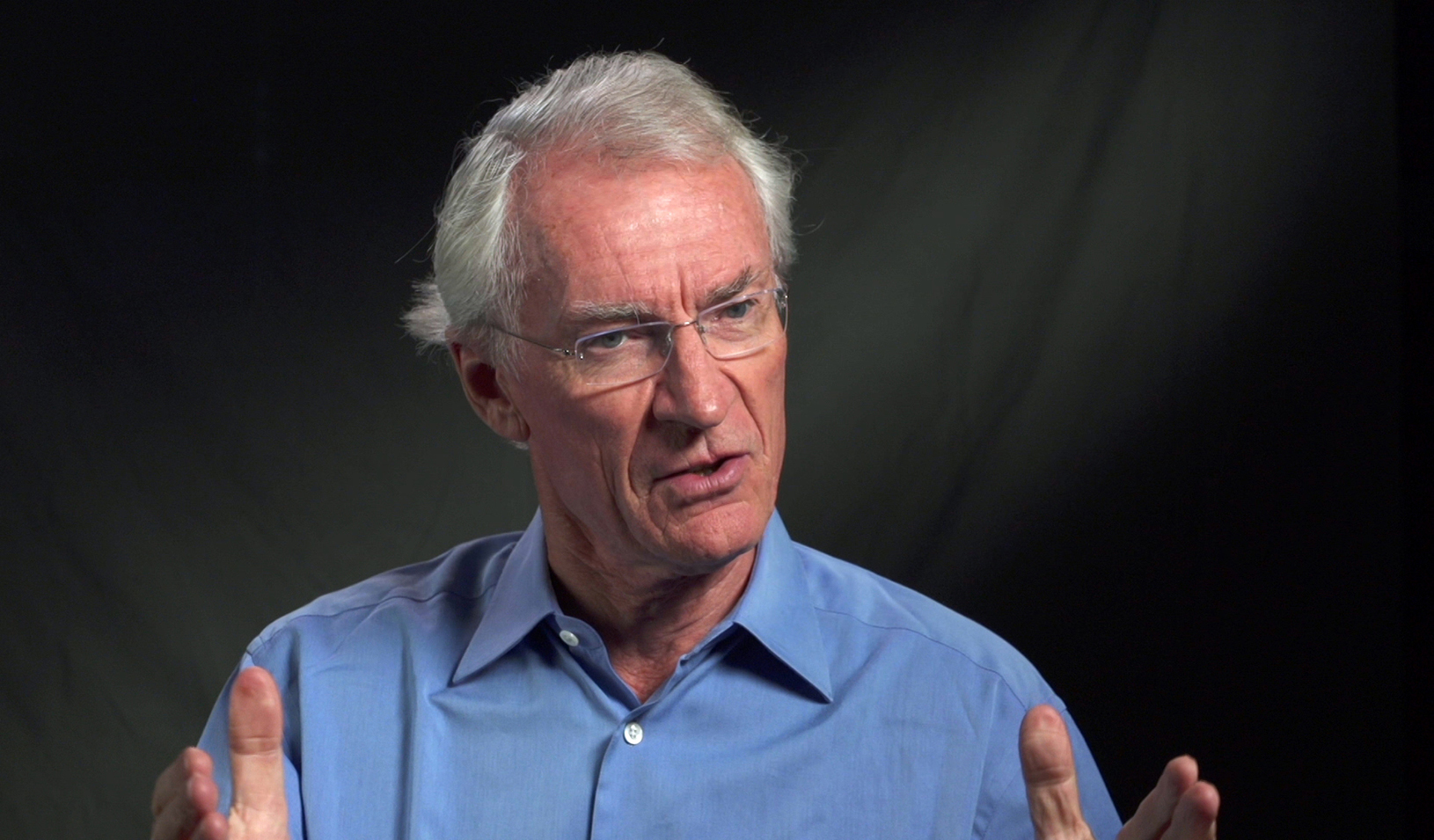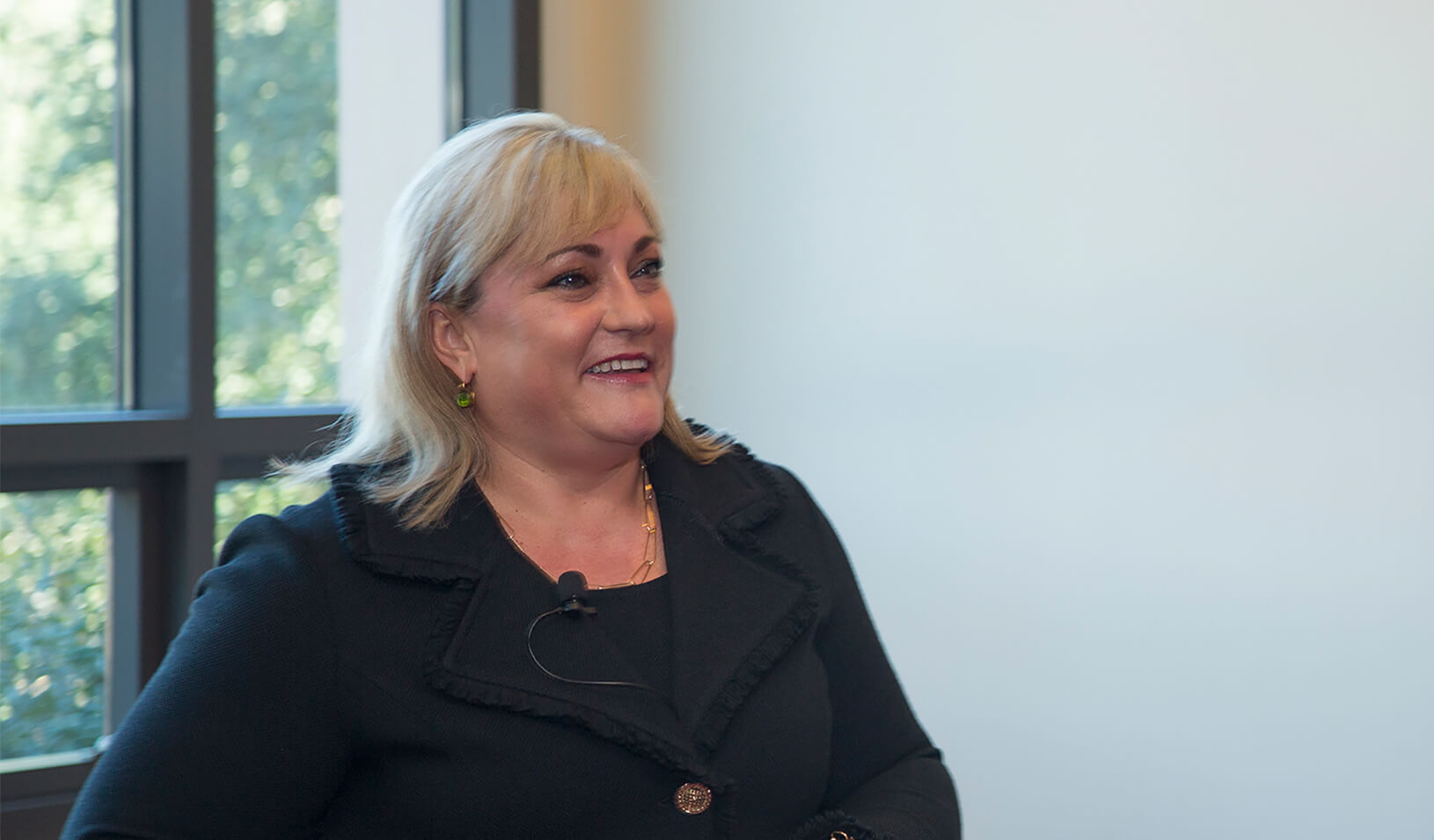
Big data — massive piles of personal digital information ripe for gathering, crunching, and transforming business models— has opened up opportunities that no one could have imagined a decade ago.
“Big data and analytics have opened the healthcare industry to people who haven’t come up through the science or clinical side,” says Robert Chess, a lecturer at Stanford GSB. “They see a whole new set of opportunities that can change how we use, shop for, and deliver healthcare services, and even how we develop new treatments and therapies.” The most valuable medical information within the big data revolution includes detailed databases on medical outcomes, costs, and usage in addition to personal medical records.
Chess, chairman of biotech drug development company Nektar Therapeutics, is a 1978 Caltech computer engineering graduate and a 1980 Harvard MBA who early on worked at Intel.
As a former White House Fellow during the first Bush administration as well as a healthcare innovator, Chess points to a wide range of policy decisions that have pushed data gathering and analytics to the medical forefront. One of the most important was the American Recovery and Reinvestment Act of 2009, which set aside $19 billion in grants and loans — equal to $44,000 per physician — to adopt Electronic Health Record (EHR) technology by 2014. Today, Chess estimates some 80 percent of physicians and practices have made the transition.
“When you mention health reform, most people think of the Affordable Care Act, which is primarily about insurance markets and funding,” Chess explains. “However, health reform over the past eight years has been a broader set of government policies and programs that have freed up hundreds of databases that will redefine healthcare measurement and quality of care.”
For researchers, entrepreneurs, and the public at large, there’s a huge opportunity for new businesses, products, and analytics that are changing the landscape of healthcare, Chess says.
Data is driving the following innovations being developed at a number of companies:
Doctor Visits in the Cloud
With a swipe of a handheld device, a physician can have not only direct patient consultation but also the patient’s full health history. “Systems like these are enabling telemedicine [text, voice, and video-based case management] as never before,” says Chess. “With access to full patient records and increased use of phone apps and wearables by patients for data gathering and home diagnostics, perhaps one third of doctors’ visits could be done remotely, which would be a huge step forward in convenience, access, and cost savings,” Chess says.
Using Personal DNA Data to Discover New Drugs
What if a consumer-friendly DNA testing service — such as those you see on popular ancestry shows — could do more than sort your family gene pool? What if it could provide genomic data to biopharmaceutical companies to find common traits across broad populations that could reveal disease and potential treatments? Though some industry observers have identified such practices as controversial, Chess points out that companies with access to extensive patient genetic data are starting to partner with pharmaceutical companies as well as developing their own drug development arms “to look at people’s disease patterns, link those patterns to genetic data, and better understand the root causes of disease. It’s a big data application for drug discovery.”
Shopping by Price
“Most of us never consider price shopping for a medical procedure — we get a referral, check the doctor and the network, and that’s it,” says Chess. But that will change as intermediaries analyze massive amounts of employer benefits and claims data and extract prices of procedures at the individual doctor level. Fairly commoditized procedures like colonoscopies often vary in price by a factor of eight in a 30- to 40-mile range of providers, Chess says.
Chess adds that providing the ability to search qualified providers by price may lower the overall cost of healthcare to employers and individuals in the future. “The core of competitive markets in any industry is price transparency — the ability to easily access prices and comparison shop. It traditionally has been very difficult to do that in medicine, but that is changing,” Chess explains. He points to a major West Coast supermarket chain that tested a pricing-by-provider technology now available and, combined with health benefits redesign and employee wellness programs, was “able to keep their costs flat for six years while the average employer’s increase was 8.5% a year,” for a total savings of $300 million.
Consider location- and provider-based pricing algorithms that can be used with smartphones. These will create apps that can revolutionize real-time spending for pharmaceuticals and medical equipment as well. “This can save companies tens of millions a year,” says Chess.
Making Healthcare More Patient-Centered
Currently, the average physician in private practice needs 4.7 support people to administer care, split between clinical and clerical roles. Chess explains that data technology, together with process reengineering, is eventually going to squeeze a lot of that support staffing out of the system. “We’re moving from a provider-centric model to a patient-centric one. Because doctors will have more data at their fingertips, they’ll need less staff support and can spend more time one-on-one with patients.”
Predicting Illness
Consider an algorithm that evaluates all aspects of your healthcare behavior from doctor and pharmaceutical use to your particular exercise and eating routines. Chess says technologists already are working on programs that might be able to predict whether you’ll spend part of next year healthy or in the hospital, where the costliest form of healthcare is delivered. Predictive modeling, says Chess, will allow insurers, physicians, and wellness companies to develop intervention plans with patients. These developments will save not only money but lives.
Chess says the rapid changes should improve health outcomes in the United States, which spends 17% of its gross domestic product on healthcare, far more than any other country. “The U.S. is a really good place to get cancer, but other than that, our outcomes are generally no better and oftentimes worse,” he says.
To improve those numbers, it will take “reinvention and disruption,” driving an unprecedented payer and consumer revolution in healthcare, says Chess. “You’re going to see rising standards of care, more competition on price and quality, and more ability for patients to choose how, where, and when they manage their own health. All of that will put more power and control in the hands of patients, which is good.”



